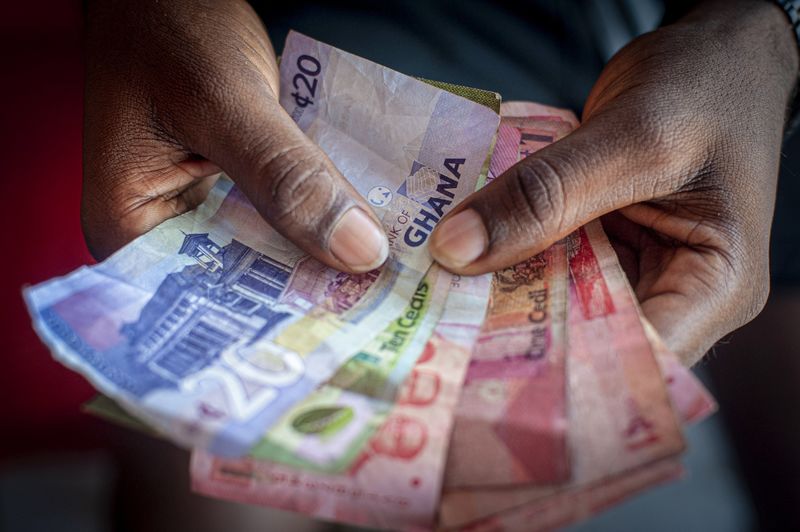10 ways to save $100 more each month
Struggling to save? You’re not alone. A 2025 Bankrate survey found that 59 percent of U.S. adults are uncomfortable with their level of emergency savings, while 27 percent have no emergency savings at all. However, building a savings buffer doesn’t have to be daunting.
If you’re unsure where to start your savings journey, breaking down a larger goal into mini-goals like saving $100 monthly can be helpful. With a smaller $100 goal mapped onto a pre-determined schedule, you’ll have an extra $1,200 in the bank at the end of the year if you can stick to it.
Ready to get started? Here are 10 effective tips to help you save $100 a month without drastically altering your lifestyle.
Bank fees can quietly eat into your balance if you’re not careful. The average overdraft fee in the U.S. is $27.08, according to our latest checking account survey, and using an out-of-network ATM can set you back $4.77 per transaction.
You could save $50 a month or more by being mindful of common charges. Avoid dealing with financial penalties by making these adjustments:
Is your savings account offering less than 1 percent interest? If so, you’re missing out on potential earnings. In 2025, many high-yield savings accounts offer annual percentage yields (APYs) of around 5 percent.
To put this in perspective, if you have $10,000 in a standard savings account with an APY of just 0.01 percent, you’d earn only $1 in interest over the year. But if you put that same amount in an account with a 5 percent APY, you’d earn $500. That’s a significant difference, and it can help accelerate your savings.
Online banks like Ally Bank often offer the highest yields due to lower overhead costs. If you’re comfortable with online banking, opening a high-yield savings account could be an easy way to grow your savings faster.
Impulse purchases can drain your budget before you even realize it. The next time an unplanned buy tempts you, try these tactics:
You can lower your utility bills by making a few energy-efficient changes. According to the U.S. Department of Energy, reducing your energy consumption with energy-efficient upgrades could save you $200 to $400 each year. Here are a few quick wins:
Late fees can add up quickly, especially if you’re juggling multiple bills. According to the Consumer Financial Protection Bureau, U.S. households collectively spend over $14 billion each year on credit card late fees alone.
By setting up automatic payments, or auto-pay, you can avoid late fees and may even qualify for discounts. For instance, some student loan services offer a 0.25 percent interest rate reduction when you enroll in autopay. Car insurance, internet and cell phone providers may also provide monthly auto-pay discounts.
To avoid overdrawing your account, monitor your balance regularly or use an account that doesn’t charge overdraft fees.
If entertainment is one of your most significant budget categories, you don’t have to stop attending shows or other community events to save money. Instead, you can focus on no-cost experiences.
Check out your local community newspaper or city social media accounts to stay up to date on events. Night markets, fundraisers, pop-ups and other events are often free to attend.
With multiple streaming platforms on the market, it’s easy to overspend on entertainment. U.S. households spend an average of $93 monthly on streaming services like Netflix or Hulu.
Take stock of your subscriptions and decide which ones you need. If you’re having trouble locating your subscription services, consider using an app that finds all your subscriptions and even cancels them for you. If you cancel and miss a subscription service, you can always sign up for it again later.
Average U.S. gas prices have dropped to $3.006 per gallon as of Dec. 2024, (8 cents less than a year ago, according to the U.S. Energy Information Administration). Still, fueling your car still takes a toll on your wallet. J.D. Powers reports that the average American family pays about $5,000 per year on gas — about 2.24 percent of their total monthly income.
Use these tips to reduce your fueling expenses:
The U.S. Department of Agriculture reports that U.S. consumers spent around 11 percent of their discretionary income on food. If you want to spend less on groceries and food so you can hit a savings goal, consider some of the suggestions below:
Paying off high-interest debt, such as credit cards, can free up more of your income for savings. According to a 2024 Bankrate Credit Card Debt Report, 36 percent of U.S. consumers have more credit card debt than emergency savings.
You’re paying extra interest on top of your principal when you carry revolving debt with high interest. If you only make minimum payments, you’ll pay even more toward interest. As you tackle your high-interest debt, you can free up excess interest payments and put them toward savings.
Saving more money doesn’t mean you have to give up what brings you joy. However, it requires you to be more self-aware about why and how you spend money. To save an extra $100 each month, you can employ multiple strategies, like working to reduce the amount of energy you use in your home or getting rid of unused subscriptions.
Making these changes will add up over time and allow you to strengthen your savings. Jumpstart your progress with one of the best high-yield savings accounts and watch your savings balance grow.










